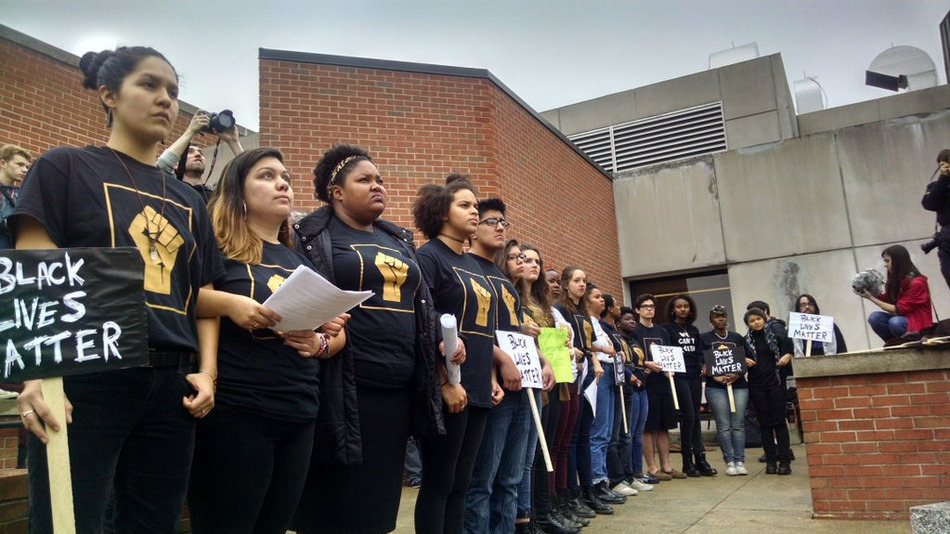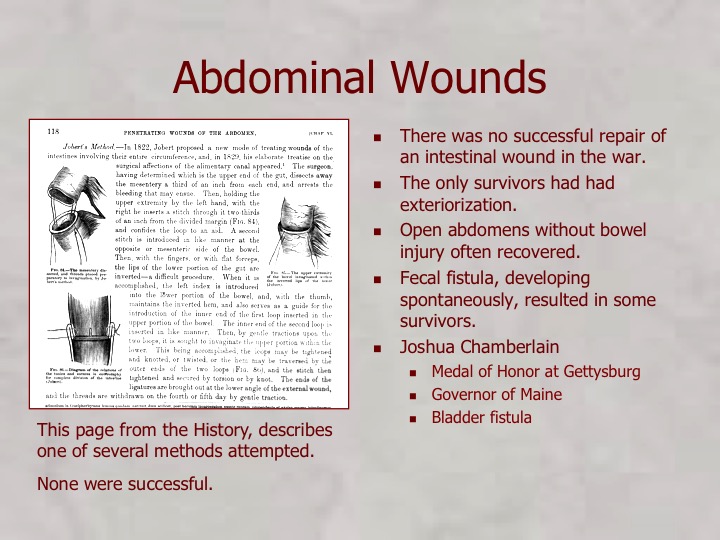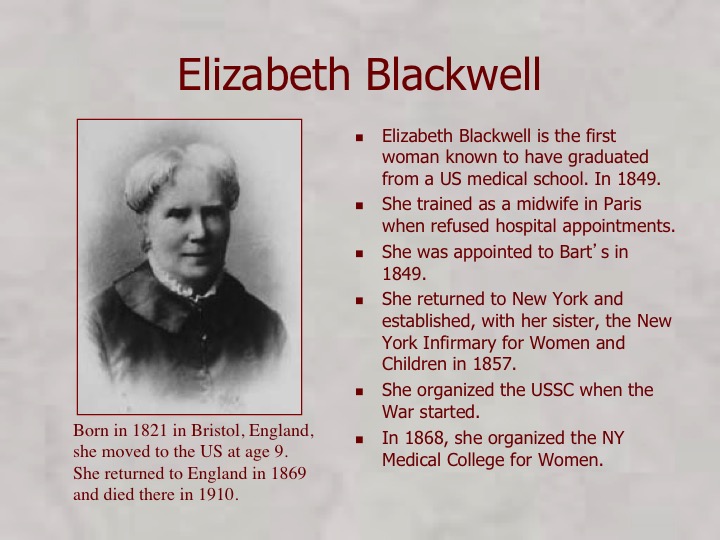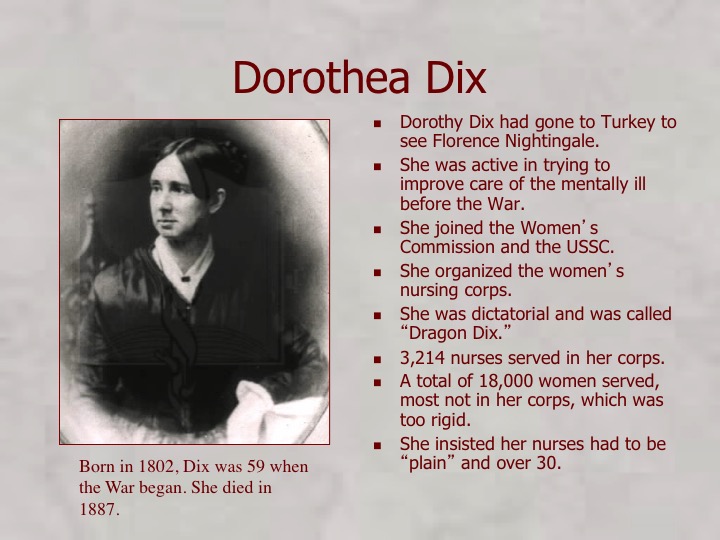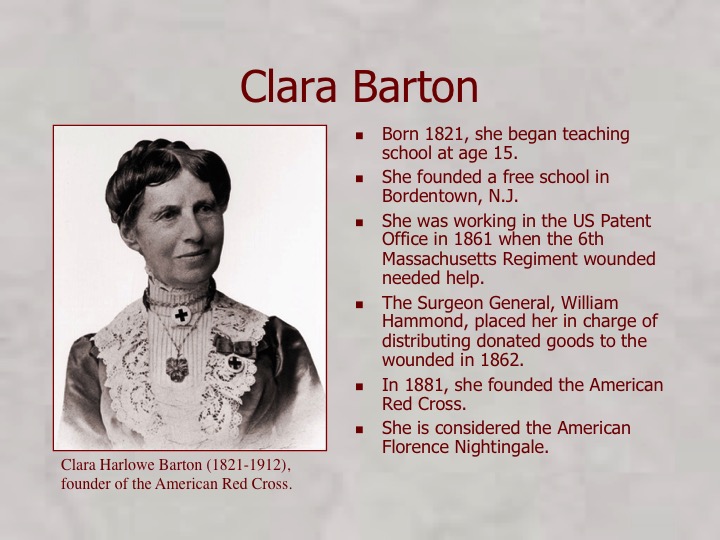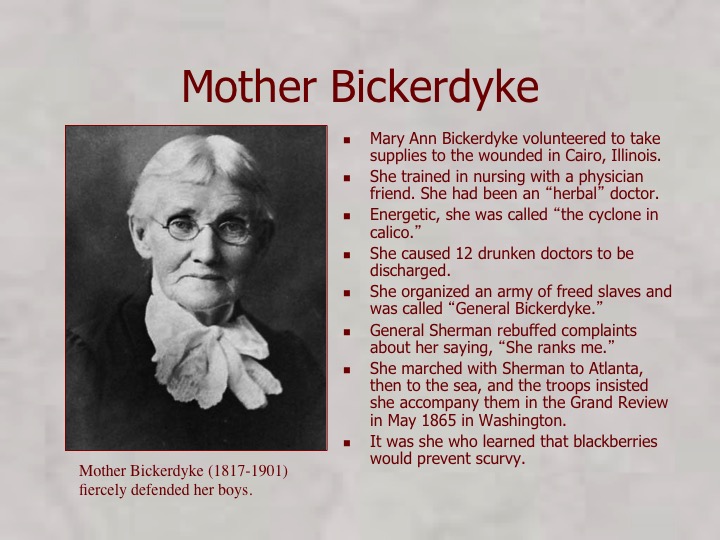The episode of Hillary Clinton’s collapse at the 9/11 Memorial Sunday has raised some interesting questions. Several years ago, she had a series of neurological events.
Getting a true picture of the events requires that we go to British newspaper sites, as the US media has shielded her for ten years.
1998 Blood Clot
Clinton’s first known blood clot occurred in 1998, while she was still first lady.
Clinton experienced symptoms while attending a fundraiser for Sen. Charles Schumer of New York, who would soon become her Senate home-state colleague. Her right foot swelled up to the point where she couldn’t put on her shoe.
Clinton got quietly taken to the National Naval Medical Center in Bethesda for treatment at the time. She was found to have ‘a big clot’ blood clot behind her knee, Clinton wrote in her memoir, ‘Living History.’
She called it ‘the most significant health scare I’ve ever had,’ the Washington Post noted.
According to her physician, Mt. Kisco physician, Lisa Bardack, Clinton was advised at the time to take Lovenox, described as a short-acting blood thinner, when she took flights. The meds were discontinued when she went on Coumadin.
That history has not been discussed, to my knowledge in light of her recent problems.
2009 Blood Clot
Clinton had a second blood clot incident in 2009. The episode was described by her doctor in a 2015 letter.
The doctor didn’t provide a detailed description of the event. Rather, she wrote that Clinton’s ‘past medical history is notable for a deep vein thrombosis in 1998, 2009 and a concussion in 2012.
Her extensive air travel might be a factor in the DVT episodes. This has been referred to as Economy Class Syndrome, and was first described by physicians at London’s Heathrow Airport. There are other factors involved.
In recent years, the association between air travel and the incidence of deep-vein thrombosis or pulmonary embolism has become clearer. Epidemiologic studies reveal an increased relative risk of thromboembolism after flights of more than 8 hours and especially in subjects at higher risk for this disease, due, for example, to congenital thrombophilia or the use of oral contraceptives. However, the absolute risk of deep-vein thrombosis or pulmonary embolism after prolonged air travel is very small. Studies have shown that a combination of factors present during prolonged air travel may account for increased activation of coagulation. There is no definitive proof that elastic stockings are effective in reducing the incidence of clinically relevant thromboembolism during air travel. Acetylsalicylic acid is not effective in the prevention of thrombosis during air travel and may be dangerous.
Hillary Clinton certainly does not travel “coach class.” What about the concussion?
2012 Blood Clot and Concussion
Clinton got a bad stomach bug and fainted at her home in Washington in 2012, an event that led her to get a concussion. Information about what exactly had happened emerged only slowly over time.
As her doctor put it, ‘In December 2012, Mrs. Clinton suffered a stomach virus after traveling, became dehydrated, fainted and sustained a concussion.’
The then-secretary of state wasn’t seen in public between Dec. 7th and when she left the hospital in New York January 2, 2013.
Clinton experienced ‘double vision for a period of time and benefited from wearing glasses with a Fresnel Prism,’ a special corrective lens, her doctor wrote in a letter voluntarily released to the media in 2015 as part of Clinton’s presidential campaign. Her concussion ‘resolved within two months,’ Bardack wrote.
That is a very severe concussion and would disqualify anyone with that history from the US military. The whole story is suspicious.
Clinton was diagnosed with a blood clot in the brain, transverse sinus venous thrombosis, and began anticoagulation therapy, her doctor wrote.
Clinton had to work from home and postpone planned testimony before a House Benghazi committee.
That is NOT part of a concussion and suggests a much more severe condition.
Cerebral venous and sinus thrombosis (CVST) can present with a variety of clinical symptoms ranging from isolated headache to deep coma. Prognosis is better than previously thought and prospective studies have reported an independent survival of more than 80% of patients. Although it may be difficult to predict recovery in an individual patient, clinical presentation on hospital admission and the results of neuroimaging investigations are–apart from the underlying condition–the most important prognostic factors. Comatose patients with intracranial haemorrhage (ICH) on admission brain scan carry the highest risk of a fatal outcome. Available treatment data from controlled trials favour the use of anticoagulation (AC) as the first-line therapy of CVST because it may reduce the risk of a fatal outcome and severe disability and does not promote ICH. A few patients deteriorate despise adequate AC which may warrant the use of more aggressive treatment modalities such as local thrombolysis. The risk of recurrence is low (< 10%) and most relapses occur within the first 12 months. Analogous to patients with extracerebral venous thrombosis, oral AC is usually continued for 3 months after idiopathic CVST and for 6-12 months in patients with inherited or acquired thrombophilia but controlled data proving the benefit of long-term AC in patients with CVST are not available.
What are the possible consequences of CVST ? A comment in the Wall Street Journal today suggests one.
“The clot does not dissolve or disappear as Clinton camp has inferred. About 1/2 of patients will continue to have a blocked vein, & half will have partial reopening of the vein, but either way, there will always be some insufficiency in drainage…. It is not a question of whether the intracranial pressure increases. It is a question of how severe and how bad are the symptoms that follow…I have treated numerous patients for this very issue—the consequences can lead to significant disability. It deeply concerns me that one of the 2 leading presidential candidates may have such serious health issues…Hillary [must release] her full & unaltered medical records.”
I have seen epidural and subdural hematomas from trauma, sometimes rather trivial trauma, but I have no experience with cavernous sinus thrombosis from trauma. That is usually a consequence of local infection, such as sinus or ear infection.
The next subject is her blue sunglasses, which are often prescribed for seizures. They can be used to treat Photosensitive Epilepsy.
Hmmm… Could those blue sunglasses be cross polarized lenses ?
One of our patients had clinical seizures that were inadequately suppressed with moderate doses of valproate (VPA) but completely suppressed with blue cross-polarized lenses. The second patient’s photoparoxysmal response was suppressed by both parallel-polarized and blue cross-polarized glasses, whereas the third patient’s photoparoxysmal response was not suppressed by either.
CONCLUSIONS:
These preliminary data suggest that blue cross-polarized lenses may be useful in the treatment of photosensitive epilepsies and that their efficacy can be predicted in the EEG laboratory.
Maybe Hillary needs to release her EEG results.
My brief review of the medical literature shows that cerebral venous thrombosis is rare and I can find no reports of association with trauma or concussion. Something else is going on.




